Buddy Guy is the last man standing, the last survivor of the original blues legends. Literally. The man who came up with Muddy Waters, Junior Wells, Howlin’ Wolf, and B.B. King, George “Buddy” Guy, who turns 85 today, is not merely still standing but standing tall. And you’re damn right, he’s still got the blues.
Guy hasn’t just survived his many venerable contemporaries, he’s also outlived all of the blues artists I started obsessing over when I first discovered what would become my life’s favorite type of music: Albert King, Albert Collins, Freddie King, Bobby “Blue” Bland, Johnny Copeland, Etta James, Koko Taylor, Son Seals, Gatemouth Brown, Roy Buchanan, Johnny Winter, Gary Moore, and, of course, Stevie Ray Vaughan. My heroes. They’re all gone. Other than Buddy.
Born in tiny Lettsworth, Louisiana, with dirt roads, no stoplights, and a population in the low hundreds, Guy first began playing gigs in his teens 60 miles away in Baton Rouge before packing up his guitar case for Chicago at age 21, on September 25th, 1957 – a date he can be counted upon to specifically cite in interviews, calling it his “second birthday.” In time he’d grow to become the living embodiment of big city Chicago blues. “From the plantation to the concrete jungle,” as Buddy put it in the just-released American Masters PBS documentary, “Buddy Guy: The Blues Chase The Blues Away.”
For well over six decades now, Buddy Guy has been chasing those blues in a distinctive style that incorporates influences from some of his earliest peers while also having eventually filtered into scores of devotees, but is unmistakably all his own. And as superb as are the dozens of recordings in his ample discography, that approach is something best experienced live – as I’ve been fortunate to do numerous times, witnessing Buddy most often in his customary jeans overalls and wielding his signature polka-dotted Stratocaster (a tribute to his mother). His dynamics, that spectral variance of his performance levels both in volume and intensity, is uniquely Buddy. In whiplash-inducing succession, he’ll go from a hushed whisper to an onslaught of overdriven fuzz and distortion – effects that provided the template for Jimi Hendrix, a definite disciple and avowed Guy enthusiast. Esteemed New York Times music critic Jon Pareles once said of Buddy Guy that he mingles virtuosity and anarchy. “He loves extremes,” wrote Pareles, “Sudden drops from loud to soft, or a sweet, sustained solo followed by a jolt of speed, or a high, imploring vocal cut off with a rasp. He’s a master of tension and release, and his every wayward impulse is riveting.”
In an interview on Sirius radio’s Bluesville channel, which understandably is honoring Buddy Guy and his milestone birthday this entire week, longtime Guy producer Tom Hambridge pronounced Guy’s individualistic frenzies as taking on the feel of a relentless hurricane. “He’s like a gunslinger,” says Hambridge, also Guy’s long-standing drummer. “He’s really soft-spoken and chill, and then he gets out there, and…bang, bang, bang, bang.” Carlos Santana, another Guy adherent and one of several notables appearing in the documentary along with Eric Clapton, John Mayer, and Gary Clark, Jr., refers to Guy as a “trailblazer of sound” and vividly described his early reaction to hearing Guy express one of his idiosyncratic sonic excursions. “Whoa,” Santana marveled, “he just opened up another frequency!”
Buddy Guy has done it all in his storied blues career, and been deservedly honored in about every conceivable way: 8 Grammy’s, 23 W.C. Handy Blues Foundation awards, the National Medal of Arts, a Kennedy Center honor, his 2005 Rock and Roll Hall of Fame induction – where he offered the memorably concise acceptance speech, “If you don’t think you have the blues, just keep living” – to one of his proudest moments ever, his participation in 2012’s “Red, White and Blues,” the all-star tribute to blues concert hosted by President Barack Obama. “He’s from Chicago, so he knows,” Guy said of Obama. “As soon as he put his arm around me, I said, ‘Mr. President, it’s a long way from picking cotton to picking the guitar in the White House.’”
Guy’s life is an enduring dedication to keeping blues music, and the spirit it represents, alive. He has continued regular touring that might consume men half his age, as well as month-long appearances every January at Buddy Guy’s Legends, the revered blues club in Chicago he opened way back in 1989 that has existed (until the pandemic) as a beacon of the blues not only to Chicago’s south side neighborhood but to the grateful world of blues aficionados at large. Yet, at age 85, he does occasionally find himself thinking about the troublingly uncertain future of the music that brought this Louisiana sharecropper’s son from cotton fields to global renown.
“Truth is, I’m worried about the blues,” said Guy in an interview a few years ago. “When B.B. King was still alive, we had long talks about why, outside of satellite, the radio don’t play no blues. On the other hand, I got me some youngsters. My protégé Quinn Sullivan is 19 (now 22), but I discovered him when he was 8. Cat named Kingfish Ingram from the Delta, just out of high school, is also playing serious blues. I paid for his (debut) record. I’d pay anything to make sure this music does what it’s always meant to do: Let people know they ain’t alone. See, we all got the blues. That’s the human condition. But those blues don’t mean we got to grieve. Those blues will warm your heart. When the groove gets to your gut, those blues, brother, turn sad to glad.”
Buddy Guy, alone among his once expansive legion of fellow blues craftsmen, is still standing, the last one here, and still performing his sonic sleight-of-hand of turning that sad to glad. His most recent album, released in 2018, was titled “The Blues Is Alive and Well.” Fortunately, at the tender age of 85, so is Buddy.
Trailer for the new Buddy Guy documentary
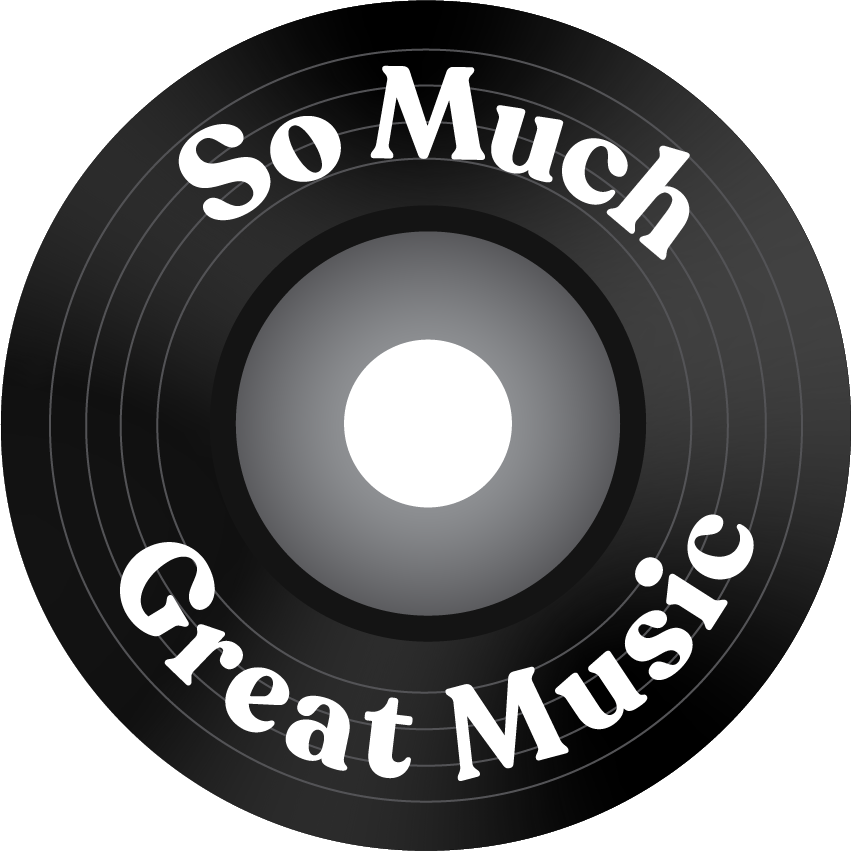
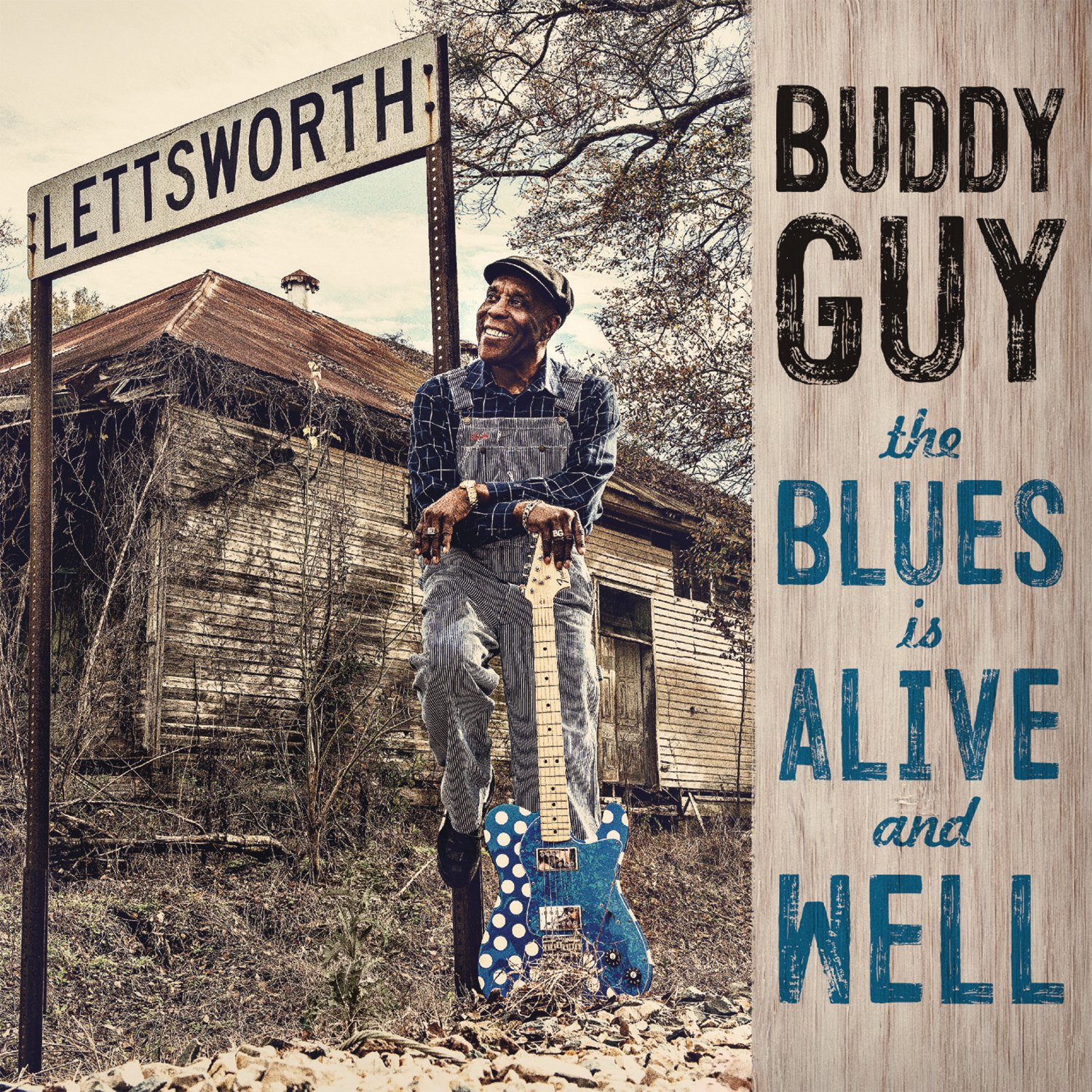


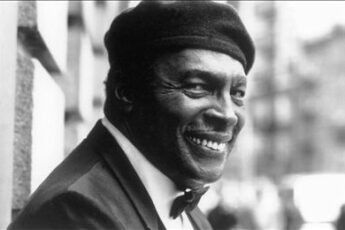
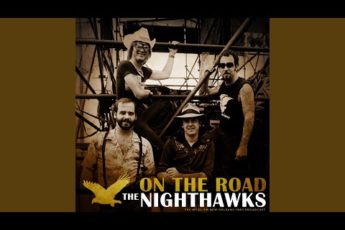
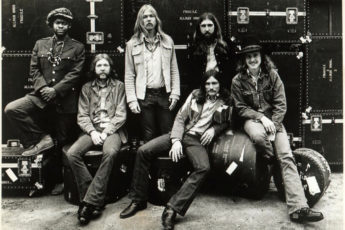
Rob MacMahon
August 1, 2021 5:35 pmGreat jam; great guy. Zing the Elder and I met him in a bar when we did SXSW in 98. RMac
Gregory Daniels
August 12, 2021 2:20 pmBuddy guy is .
My hero i play some mean blue my self keep up the good work my friend